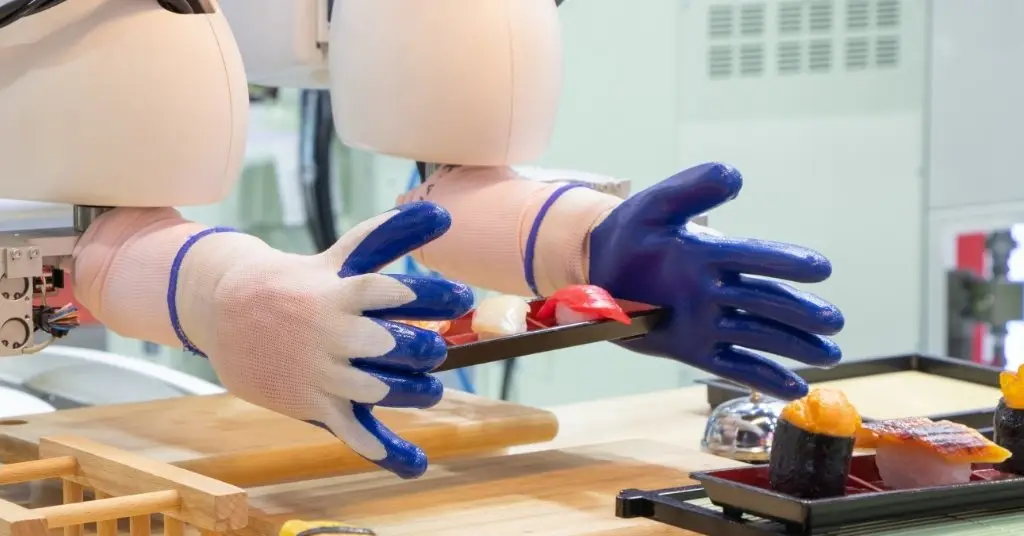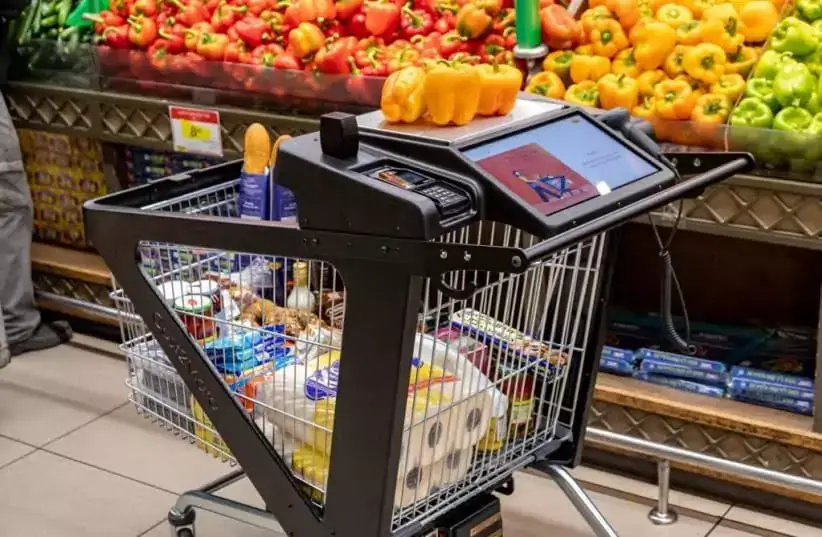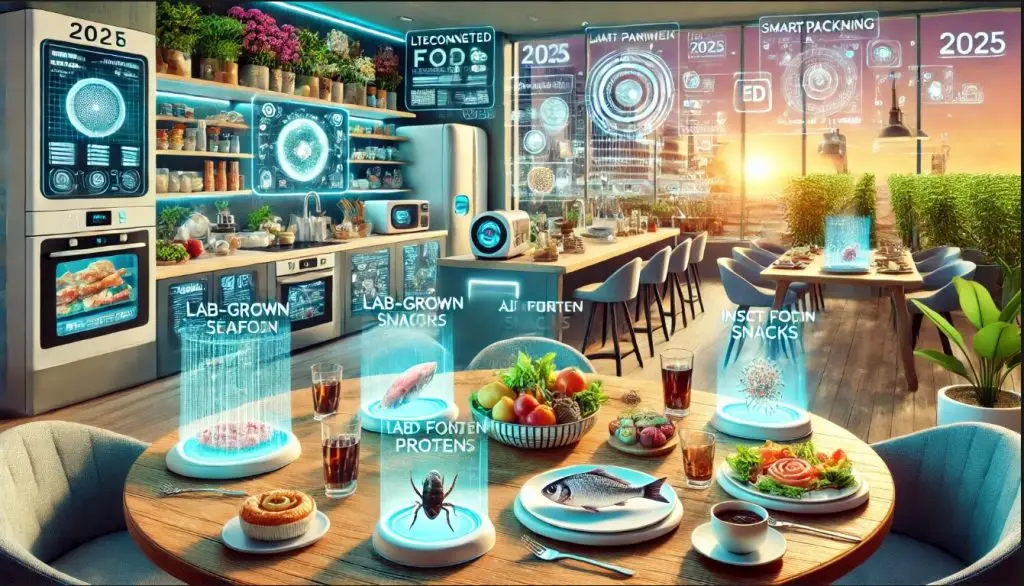If you own or manage a restaurant in the U.S. right now, you’ve probably felt it: rising costs across the board—from proteins to packaging to payroll. As food inflation continues to outpace general inflation, the way Americans eat, shop, and spend is shifting rapidly. And restaurants? You’re right in the crosshairs.
Here’s why the grocery and dining price squeeze matters—and how restaurant operators can respond with strategy and strength.
📈 The Latest Numbers: A Double Whammy for Consumers
In May 2025, the Consumer Price Index (CPI) reported:
- Grocery prices (“food at home”) rose 2.2% year-over-year
- Restaurant meals (“food away from home”) jumped 3.8%
- For context, overall inflation held at 2.4%
That means food—both at home and at restaurants—is climbing faster than nearly every other consumer expense.
👀 What’s Driving It?
- Eggs: Still up 41.5% YoY—a lingering effect of avian flu outbreaks
- Meats, poultry, fish: Up 6.1%
- Full-service dining: Costs up 4.2%
- Limited-service (QSR/fast casual): Up 3.5%
These spikes are fueled by supply chain constraints, labor shortages, and rising operational costs, making it increasingly expensive for restaurants to serve meals—and for consumers to buy them.
🧾 Americans Are Spending Differently
According to a June 2025 Popmenu study, the average U.S. household now spends:
- $235/week on groceries
- $115/week on dining out
While 57% of people still dine out at least twice a week, they’re being more selective about how and where they spend.
Dining behavior breakdown:
- 44% prefer takeout
- 34% still choose dine-in
- 22% lean on delivery apps
However, with prices rising, lower- and middle-income families are starting to cut back—opting for store brands, meal prepping, or even returning to the good old Sunday batch-cooking routine.
🍳 The Return of the Home Kitchen
Since late 2019, food prices have surged:
- Grocery items: ↑ 28.2%
- Restaurant meals: ↑ 31.9%
For a time, Americans were spending more of their disposable income on dining out (5.93%) than groceries (5.28%). But now, there’s a clear shift back to the home kitchen.
People are:
- Cooking more often
- Comparing prices more carefully
- Making dining out an occasional treat—not a weekly habit
⚠️ Why It Matters to Restaurant Owners
This isn’t just about inflation. It’s about consumer psychology. Rising prices are changing how people perceive value and prioritize experiences.
If you’re a restaurant owner in the U.S., here’s what your customers are thinking:
- “Is this meal worth the markup?”
- “Can I make something similar at home?”
- “Are there cheaper options on the menu?”
These questions influence every decision—from where they eat, to how often, to what they order.
🔧 What Smart Restaurants Are Doing Right Now
The best-performing restaurants aren’t just raising prices—they’re evolving. Here are five proven strategies you can implement now:
1. Menu Engineering
Introduce tiered pricing, combo meals, and value bundles to soften the impact of inflation without sacrificing quality.
2. Retail & Meal Kit Crossover
Launch DIY meal kits, branded sauces, or pre-prepped items for customers to enjoy your brand at home.
3. Strong Value Messaging
Highlight your use of high-quality ingredients, local sourcing, or portion sizes to help justify pricing.
4. Loyalty Programs
Encourage repeat visits with rewards, exclusive deals, or members-only offers.
5. Operational Efficiency
Use tech to automate inventory, optimize staffing, and forecast trends based on historical data.
🔭 2025 Outlook: What’s Ahead?
Here’s what to expect over the next few months:
- Egg prices are showing signs of relief (–2.7% in May), but still well above pre-pandemic levels
- USDA forecasts grocery inflation to hover around 2–3%, while restaurant costs may rise 4% or more
- Federal Reserve actions could further impact household spending and credit conditions
For restaurants, this means a continued need to adapt, optimize, and stay laser-focused on value.
✅ Final Thoughts: Don’t Just Survive—Lead
Rising food costs aren’t just an economic issue—they’re a cultural one. They’re changing the way Americans dine, shop, and engage with food.
If you’re in the restaurant business, your role is shifting. You’re not just feeding customers—you’re helping them find comfort, consistency, and value in uncertain times.
Those who embrace the challenge with creativity, flexibility, and smart innovation will not only survive 2025—they’ll lead it.




